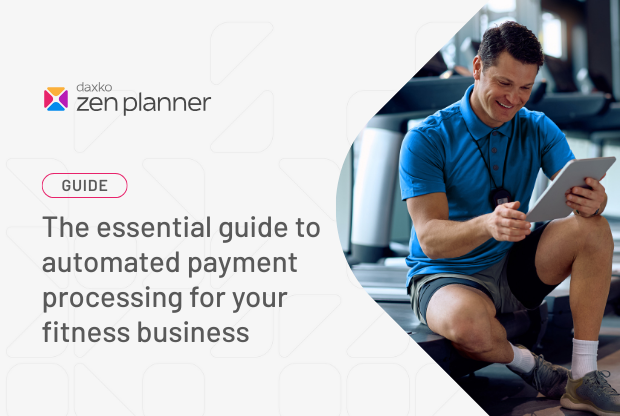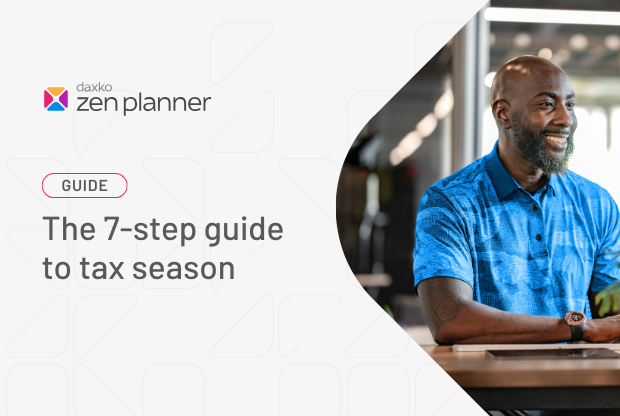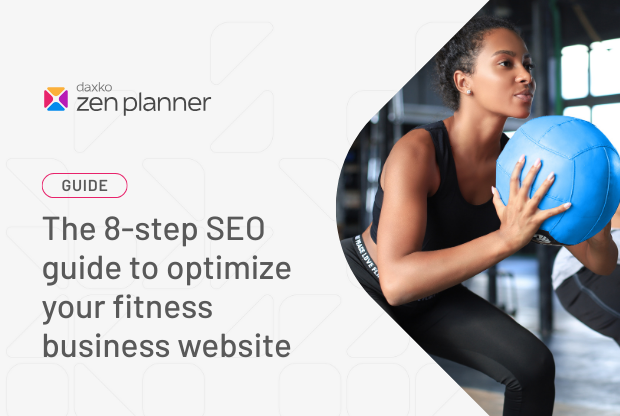The 5 elements of a successful website

Creating a successful website is crucial for businesses and individuals alike. A well-designed website can attract visitors, convert leads, and establish your online presence. To achieve these goals, your website must incorporate five essential elements. In this blog post, we’ll explore these key components and how you can optimize them to ensure your website’s success.
Element 1: User-friendly design
A user-friendly design is the foundation of any successful website. This element ensures that visitors can easily navigate your site and find the information they need. A clean, intuitive layout with clear navigation menus and well-organized content can significantly enhance the user experience.
Key aspects of user-friendly design
- Responsive design: Ensure your website is mobile-friendly and adapts to different screen sizes.
- Easy navigation: Use clear and concise menus, and include a search bar for quick access.
- Consistent layout: Maintain a consistent design across all pages for a cohesive look.
Element 2: High-quality content
Content is king when it comes to website success. High-quality, relevant content engages visitors and encourages them to stay longer on your site. It also plays a crucial role in search engine optimization (SEO), helping your site rank higher in search results.
Tips for creating high-quality content
- Original and relevant: Provide unique content that addresses your audience’s needs and interests.
- Well-written and error-free: Ensure your content is free of grammatical errors and typos.
- Regular updates: Keep your content fresh and up-to-date to maintain visitor interest.
Element 3: Search engine optimization (SEO)
SEO is essential for driving organic traffic to your website. By optimizing your site for search engines, you increase its visibility and attract more visitors. This involves using the right keywords, optimizing meta tags, and ensuring your site is technically sound.
Key SEO practices
- Keyword Research: Identify and use relevant keywords throughout your content.
- Meta Tags Optimization: Optimize title tags, meta descriptions, and headers for better search engine ranking.
- Technical SEO: Ensure your website loads quickly, has a clean URL structure, and is free of technical issues.
Element 4: Engaging visuals
Visual elements such as images, videos, and graphics can significantly enhance the user experience. They make your content more engaging and can help convey your message more effectively.
Tips for using visuals
- High-quality images: Use professional, high-resolution images that relate to your content.
- Videos and infographics: Incorporate videos and infographics to explain complex information.
- Consistent branding: Use visuals that align with your brand’s style and color scheme.
Element 5: Strong calls-to-action (CTAs)
CTAs are critical for converting visitors into leads or customers. A strong CTA guides users towards taking a specific action, such as signing up for a newsletter, making a purchase, or contacting you.
Crafting effective CTAs
- Clear and compelling: Use concise, action-oriented language.
- Visually prominent: Ensure your CTAs stand out on the page with contrasting colors and strategic placement.
- Value proposition: Highlight the benefits of taking the desired action.
Conclusion
Incorporating these five elements into your website design can significantly improve its effectiveness. A user-friendly design, high-quality content, optimized SEO, engaging visuals, and strong CTAs are essential for attracting visitors, keeping them engaged, and converting them into loyal customers. By focusing on these key areas, you can create a website that not only looks great but also performs exceptionally well.
For more tips and insights on optimizing your website, stay tuned to our blog or contact us for personalized advice.







